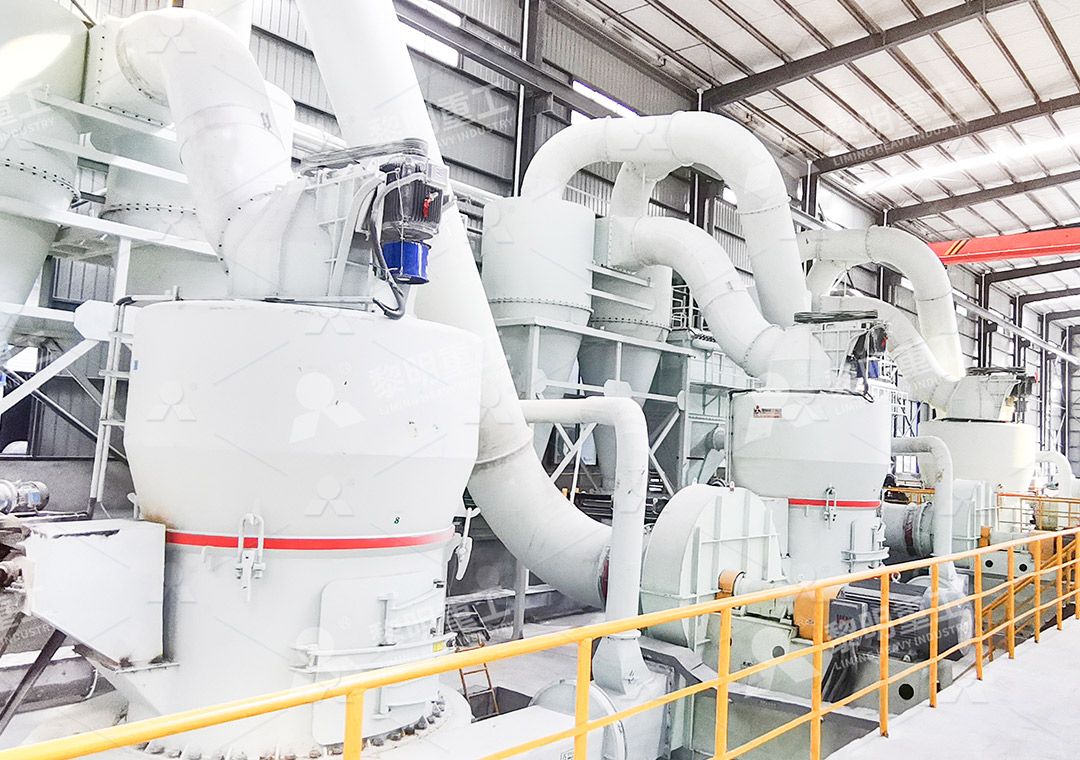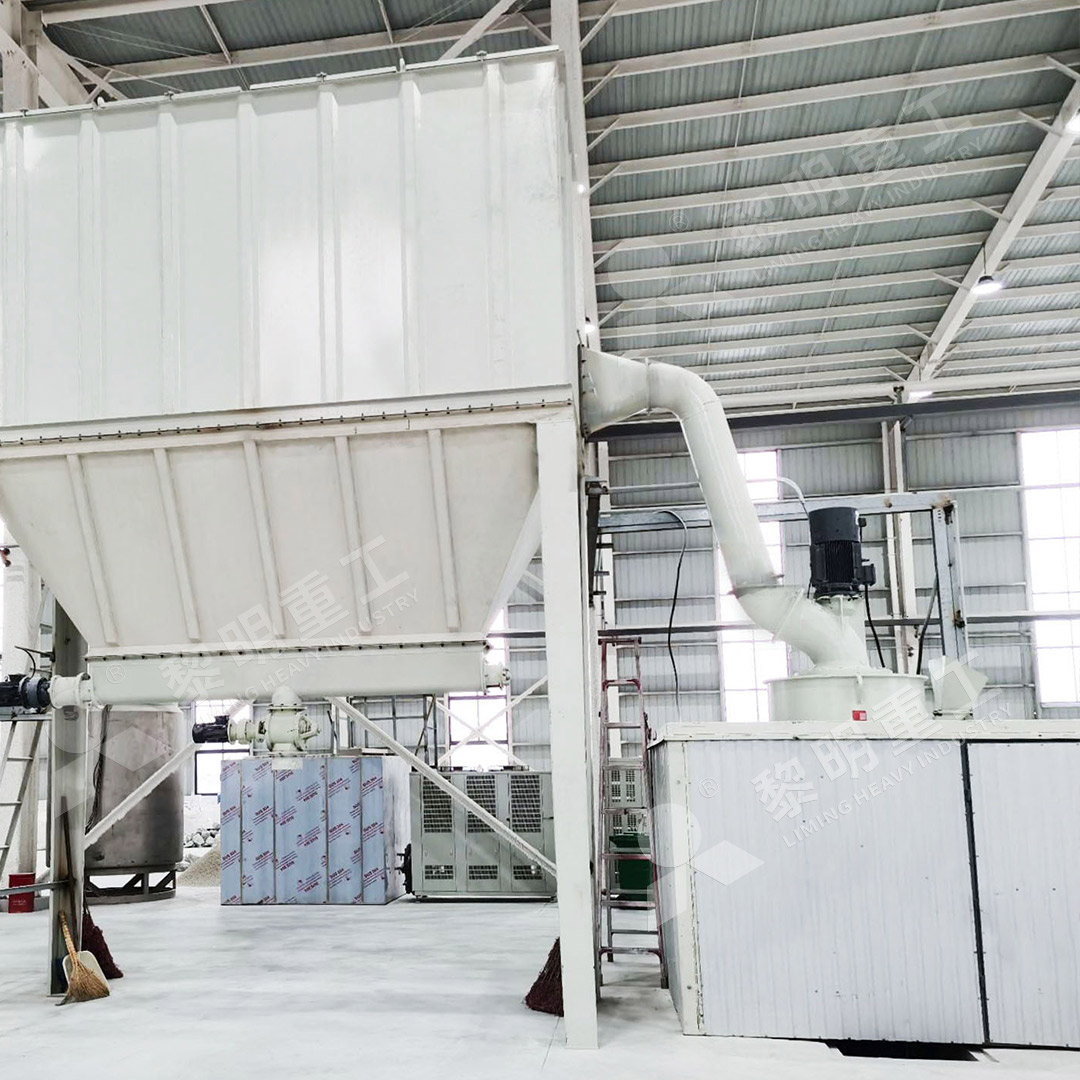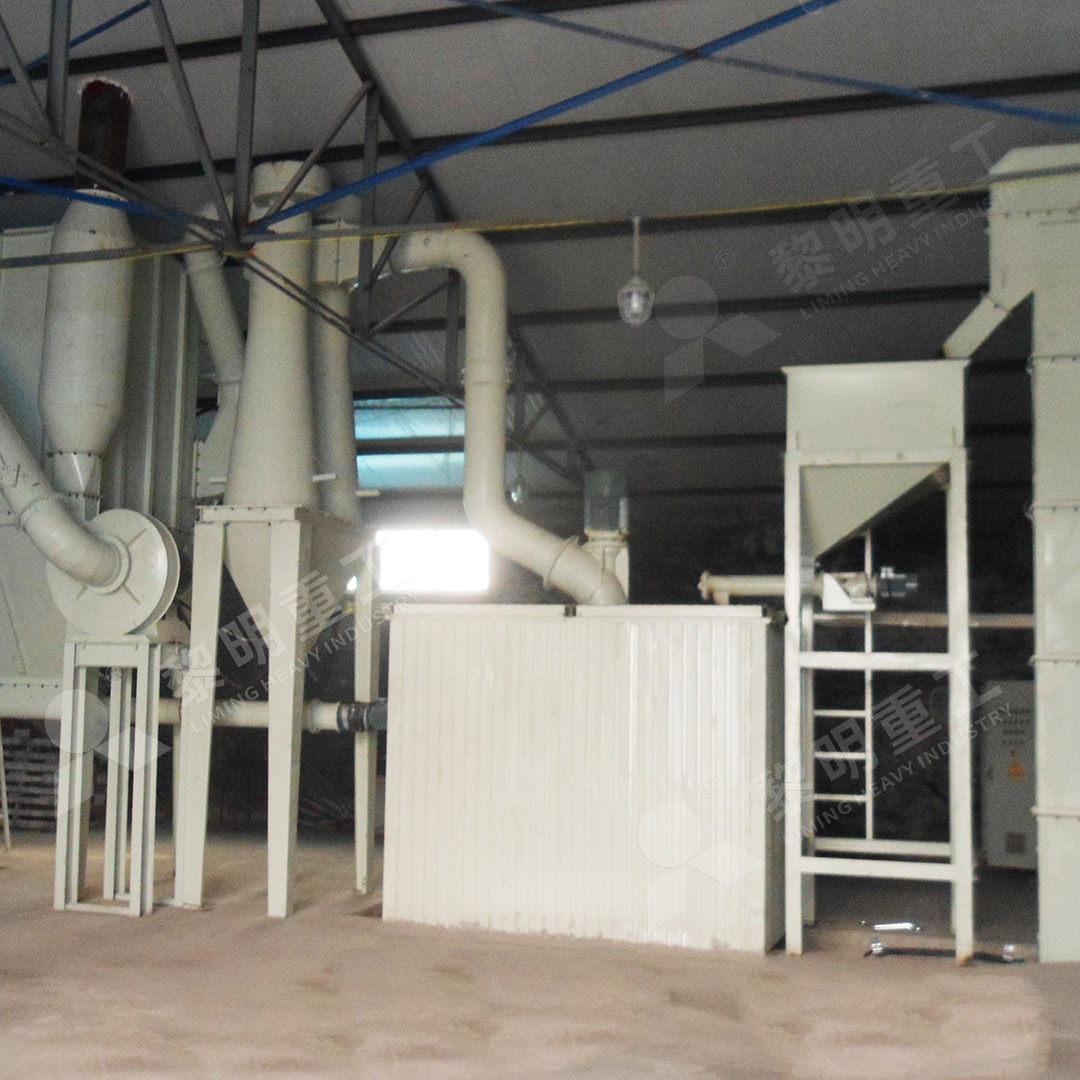Raymond Mill (R-type) for Efficient Powder Grinding in China
Raymond Mill (R-type): A Cornerstone of Modern Powder Processing
In the dynamic landscape of industrial mineral processing, the quest for efficient, reliable, and cost-effective grinding solutions is perpetual. Among the established technologies, the Raymond Mill, particularly the R-type, has carved a significant niche for itself in China’s vast manufacturing sector. This mill represents an evolution of traditional grinding principles, optimized for modern production demands where precision, energy conservation, and environmental compliance are paramount.
The fundamental principle of the R-type Raymond Mill involves the grinding of materials between rotating rollers and a stationary grinding ring. The centrifugal force generated causes the rollers to swing outward, pressing against the ring and crushing the fed material. A built-in classifier then ensures that only particles meeting the desired fineness proceed to the collection system, while coarser particles are recycled for further grinding. This closed-circuit system is key to its efficiency.

Beyond the Basics: The Need for Advanced Grinding Solutions
While the R-type Raymond Mill is an excellent workhorse for many applications with a capacity of up to 5 tph, certain industries demand even finer powders, higher throughput, or more specialized handling of materials. For customers requiring ultra-fine powders in the range of 325 to 2500 meshes, a different class of equipment is necessary. This is where advanced grinding technologies demonstrate their value.
For instance, our MW Ultrafine Grinding Mill is specifically engineered for these challenging requirements. Designed for customers who need to make ultra-fine powder, this machine addresses several critical pain points. It boasts a higher yield and lower energy consumption, with production capacity being 40% higher than jet mills and twice that of ball mills, while system energy consumption is only 30% of a jet mill. Its cage-type powder selector, incorporating German technology, allows for precise fineness adjustment between 325 and 2500 meshes. Furthermore, the absence of rolling bearings and screws in the grinding chamber eliminates concerns about bearing damage or loose screws causing machine failure, significantly enhancing operational reliability.

Integrating Eco-Efficiency into Grinding
Modern industrial equipment can no longer overlook its environmental footprint. The R-type Raymond Mill was designed with compact size and lower consumption in mind. Building on this philosophy, our newer models integrate even more robust environmental protections. The MW Ultrafine Grinding Mill, for example, is equipped with an efficient pulse dust collector and muffler. This ensures that the entire milling system operates without generating dust pollution, and noise levels are effectively controlled, making the production process fully compliant with national environmental protection standards.
The applications for such advanced mills are extensive, covering materials like limestone, calcite, dolomite, talc, barite, and various chemicals used in paints, cosmetics, and food additives. The ability to produce ultra-fine, consistent powder is crucial for product quality in these industries.
A Commitment to Operational Excellence
Ultimately, the success of any grinding mill is measured by its uptime and total cost of ownership. A key feature of our product line, including the MW series, is the commitment to worry-free operation. This is supported by a sufficient supply of original spare parts and comprehensive technical services. Digitalized processing with numerically controlled machine tools ensures high precision in the manufacturing of core parts, guaranteeing the longevity and consistent performance of the equipment.

Frequently Asked Questions (FAQ)
What is the primary advantage of the R-type Raymond Mill?
Its primary advantage is its robust and simple design, offering a reliable and cost-effective solution for medium-fine grinding applications with low investment and operational costs.
When should I consider an MW Ultrafine Grinding Mill over a standard Raymond Mill?
You should consider the MW Mill when your production requires ultra-fine powder (325-2500 meshes), higher capacity (up to 25 tph), significantly lower energy consumption, and enhanced environmental controls for dust and noise.
How does the MW Mill achieve such high fineness?
It utilizes a advanced cage-type powder selector based on German technology, which allows for precise classification of powder particles, ensuring a consistent and adjustable final product fineness.
Are these mills suitable for hard and abrasive materials?
Yes, both the R-type Raymond Mill and the MW Ultrafine Grinding Mill can process a variety of non-flammable, non-explosive materials. The MW Mill’s design, with no internal bearings in the grinding zone, is particularly resilient.
What kind of after-sales support is available?
We provide comprehensive technical services and a guaranteed supply of original spare parts to ensure continuous, worry-free operation of your grinding equipment.
